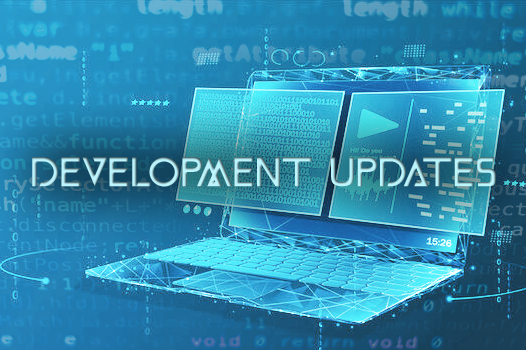Dev Log: Prototype to Alpha Build
Dev Log: Transitioning Apex Engine from Prototype to Alpha Build
As we move Apex Engine from its prototype phase to a more advanced alpha build, we're taking several important steps to ensure the platform is robust, reliable, and ready to meet the needs of modern developers.
By following these steps, we are confident that Apex Engine will move smoothly from prototype to alpha, laying a strong foundation for its future development and success. This process ensures that Apex Engine will be a powerful, flexible platform for creating, deploying, and managing next-generation interactive applications.
1. Selecting the Right Cloud Services
We are choosing cloud services that best suit our development needs:
- IaaS (Infrastructure as a Service): We use flexible cloud computing to manage our servers, allowing us to control performance and scalability.
- PaaS (Platform as a Service): For a more hands-off approach, we use managed services that handle infrastructure tasks like load balancing and scaling, so we can focus on building the application.
2. Setting Up the Application Server
To establish a solid foundation, we are:
- Launching and configuring servers to host the application.
- Setting up databases and storage solutions to ensure data is securely managed and accessible.
- Deploying the application on these servers, ensuring it runs smoothly and efficiently.
- Implementing load balancing and auto-scaling to manage traffic and ensure reliability.
3. Managing with Elastic Cloud
For easier management, we use AWS EC2, which:
- Automates the setup and scaling of our application environment.
- Provides tools for monitoring and managing the application’s performance.
- Integrates with other AWS services for added functionality and scalability.
4. Ensuring Security and Reliability
We prioritize security and stability by:
- Setting up secure access controls and monitoring tools.
- Implementing automated backups and recovery systems.
- Monitoring costs and usage to ensure efficiency and budget adherence.
5. Testing and Deployment
Before going live, we:
- Conduct thorough testing to ensure the application performs well under different conditions.
- Use continuous integration and deployment tools to streamline updates and maintain the application’s stability.
Migrating from Prototype to Alpha Development
As we transition to the alpha build, we are:
- Defining the key features and performance goals based on user needs.
- Refining the prototype’s components to align with the planned architecture.
- Setting up the necessary infrastructure and communication frameworks.
- Conducting alpha testing with select users to gather feedback and make improvements.
- Preparing comprehensive documentation and support channels for the future.